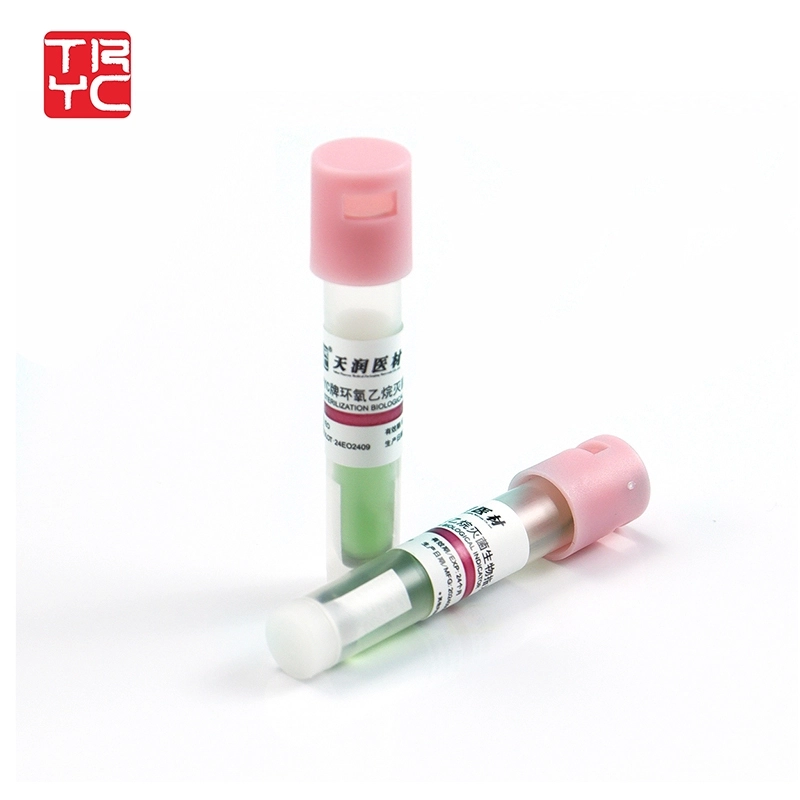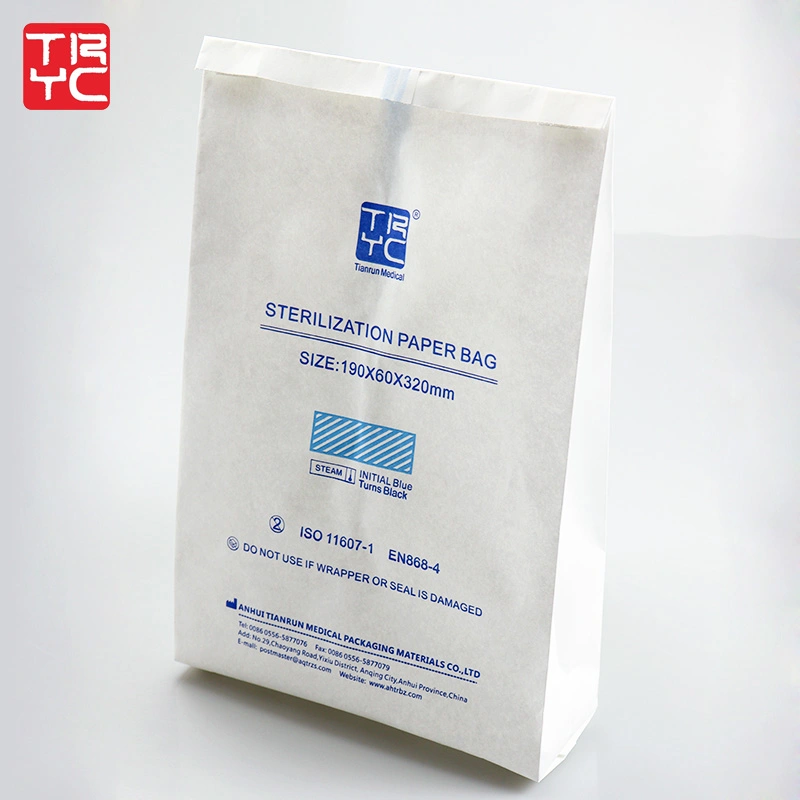How to Improve the Sealing Performance of Heat-Seal Sterilization Pouches?
Release time: 2025-09-24
Table of Contents
Heat-seal sterilization pouches are widely used packaging tools in the medical industry. Their sealing performance is directly related to the safety and effectiveness of pharmaceuticals, medical devices, and other medical supplies. Whether during transportation, storage, or use, the seal quality determines whether the packaged items can effectively resist external contamination and maintain sterility. Therefore, improving the sealing performance of heat-seal sterilization pouches is not only a key component of improving product quality but also a prerequisite for meeting strict industry standards and certifications. Tianrun will explain how to improve the sealing performance of heat-seal sterilization pouches and help you select the optimal sterilization pouch solution.
Choosing High-Quality Materials
The primary factor affecting sealing performance is the material used in heat-seal sterilization pouches. High-quality plastic film materials, such as polyester (PET), polyethylene (PE), or polypropylene (PP), provide better sealing and high-temperature resistance. The molecular structure of these materials determines their sealing properties and puncture resistance. Selecting materials with high strength and good heat-sealability can effectively prevent damage to the contents during transportation.
In addition, the thickness and surface smoothness of the material also affect heat-seal performance. Generally speaking, thicker materials produce a stronger seal. Materials with smoother surfaces help form a more uniform seal during the heat sealing process.
Optimizing the Heat Sealing Process
The heat sealing process is crucial for improving the sealing performance of heat-sealed sterilization bags. During the heat sealing process, controlling the heat sealer’s temperature, pressure, and time is crucial for achieving a successful seal. If the temperature is too low, the two layers of material in the heat-sealed bag may not fully bond, resulting in a weak seal. If the temperature is too high, the material may deform or melt, compromising the seal.
To achieve optimal sealing performance, the heat sealing process requires precise control. First, the appropriate heat sealing temperature and time must be set based on the characteristics of the materials used. Second, the heat sealing pressure must be adjusted to ensure sufficient contact between the two layers of material and a tight seal. Regular maintenance and calibration of heat sealing equipment is essential to ensure optimal operation.
Optimizing Seal Design
Seal design plays a crucial role in sealing performance. While widely used, traditional linear seals do not necessarily provide the best seal. In contrast, a Z-shaped seal design or a two-pass seal can further improve sealing performance. This design prevents potential leaks associated with a single-pass seal and enhances the overall sealing performance of heat-sealed sterilization bags.
An appropriate seal width is also a key factor in sealing performance. Generally speaking, the wider the seal, the stronger the seal. A seal width between 2 and 5 mm ensures the seal strength of the heat-sealed bag while also avoiding material waste in the seal area.
Strengthening Testing and Quality Control
To ensure the sealing performance of heat-sealed sterilization bags, a rigorous quality control system is essential. During the production process, various testing methods are required to verify seal quality. For example, common testing methods include watertightness testing, tensile testing, and high and low temperature testing. These tests simulate the environmental conditions encountered in actual use, ensuring that the heat-sealed bag maintains a good seal even under extreme conditions.
After production, X-ray or gas permeability testing can be used to further inspect the packaging for minor leaks. The introduction of these testing methods can effectively improve the sealing performance of heat-seal sterilization bags, thereby ensuring that the final product quality meets industry standards.
Choosing the Right Sterilization Method
Different sterilization methods have different impacts on heat-seal sterilization bags. High-temperature sterilization and irradiation sterilization are common sterilization methods, but they have different requirements for the packaging bag’s material and sealing performance. Choosing the appropriate sterilization method to avoid the effects of excessive temperatures or irradiation intensity on the seal can improve the overall reliability of heat-seal sterilization bags.
Using Auxiliary Technologies
In recent years, with technological advances, some auxiliary technologies have been introduced into the production process of heat-seal sterilization bags. For example, antimicrobial agents or nanotechnology are used to enhance the antimicrobial properties of heat-seal sterilization bags, ensuring both sealing and antimicrobial performance. Furthermore, intelligent technologies, such as temperature and pressure sensors, can help monitor the heat-seal process in real time, further improving production efficiency and sealing performance.
Summary
Improving the sealing performance of heat-seal sterilization bags is not only fundamental to ensuring product quality and meeting industry standards, but also an important means of enhancing brand reputation. From selecting high-quality materials and optimizing heat-sealing processes to strengthening testing and quality control, every step cannot be ignored. Through continuous optimization of technology and materials, high-quality heat sealed sterilization pouches will play an increasingly important role in the medical industry, ensuring that medical products remain safe and sterile during transportation and storage.


